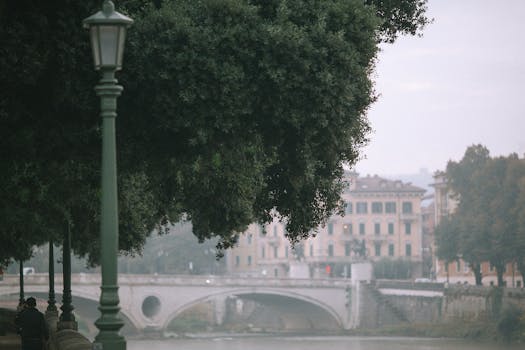
Urban Green Spaces: The Future of Outdoor Living in European Cities by 2025
Urban Green Spaces are becoming increasingly important in European cities, and for good reason. As the world becomes more urbanized, the need for green spaces has never been more pressing. In this article, we will explore the future of outdoor living in European cities and how urban green spaces are shaping it.
What are Urban Green Spaces?
Urban green spaces refer to any area in a city that is covered in vegetation, such as parks, gardens, and green roofs. These spaces provide a range of benefits, including improved air quality, reduced noise pollution, and increased biodiversity. They also offer a space for recreation, socialization, and relaxation, making them an essential component of urban planning.
The Benefits of Urban Green Spaces
The benefits of urban green spaces are numerous and well-documented. Some of the most significant advantages include:
- Improved mental health and wellbeing
- Increased physical activity and reduced obesity
- Enhanced air quality and reduced pollution
- Support for local wildlife and biodiversity
- Increased community engagement and social cohesion
European Cities Leading the Way
Many European cities are at the forefront of urban green space development, with innovative projects and initiatives being implemented across the continent. Some notable examples include:
- Stockholm’s Royal National City Park, which covers over 27 square kilometers and features a range of green spaces, including forests, meadows, and lakes.
- Copenhagen’s green roof initiative, which aims to cover 50% of the city’s roofs in vegetation by 2025.
- Barcelona’s Superblock program, which involves converting city streets into pedestrian-friendly green spaces.
The Future of Outdoor Living in European Cities
So, what does the future hold for outdoor living in European cities? By 2025, we can expect to see:
- Increased investment in urban green space development, with a focus on innovative and sustainable designs.
- A greater emphasis on community engagement and participation in urban planning, ensuring that green spaces meet the needs of local residents.
- More emphasis on green infrastructure, such as green roofs, walls, and urban forestry, to mitigate the effects of climate change and improve air quality.
- A growing recognition of the importance of urban green spaces for public health, with more initiatives aimed at promoting physical activity and mental wellbeing.
Conclusion
Urban green spaces are the future of outdoor living in European cities, and it’s easy to see why. With their numerous benefits, innovative designs, and growing recognition of their importance, these spaces are set to play an increasingly vital role in shaping the urban landscape of Europe by 2025.





